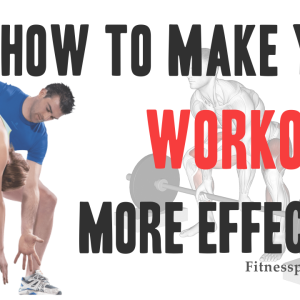Contents
Bigger Biceps: We’ve all spent hours upon hours working on our biceps, yet most of us aren’t happy with the results we’re getting. And although most of us are already performing the right exercises, there still seems to be something missing.
It’s a well-known fact that the more training volume we perform, the bigger our biceps will grow as volume is directly correlated to hypertrophy. If you want to build bigger biceps, it’s important to understand the science behind muscle growth. That said, we also have to consider the effectiveness of the reps were performing.
The Science Behind Biceps Hypertrophy:
Hypertrophy, or muscle growth, occurs when muscle fibers are damaged during exercise and then repaired and strengthened during rest and recovery. Here are some key mechanisms behind biceps hypertrophy:
Mechanical tension: Mechanical tension, or the force placed on the muscle fibers during exercise, is a key factor in muscle growth. Exercises that create significant tension on the biceps, such as heavy compound movements and high-intensity isolation exercises, can stimulate muscle growth.
Metabolic stress: Metabolic stress occurs when the muscles are fatigued and there is an accumulation of metabolites, such as lactate and hydrogen ions, which can stimulate muscle growth. Exercises that create a lot of metabolic stress, such as high-rep sets and drop sets, can be effective for biceps hypertrophy.
Muscle damage: When the muscle fibers are damaged during exercise, they undergo a process of repair and regeneration that can lead to muscle growth. Eccentric contractions, such as those performed during the lowering phase of a biceps curl, are particularly effective at inducing muscle damage.
Protein synthesis: Protein synthesis is the process by which the body repairs and builds new muscle tissue. Adequate protein intake, particularly after exercise, is important for stimulating protein synthesis and promoting muscle growth.
Understanding these mechanisms can help you design an effective biceps training program that targets each of these factors. Incorporating a variety of exercises, rep ranges, and training intensities can help you maximize muscle growth and build bigger biceps. Remember to also prioritize rest and recovery, as this is when muscle growth actually occurs.
Here are 8 tips that can help you build bigger biceps:
1- Progressive overload: As mentioned earlier, progressively overloading the muscles is important for muscle growth. Gradually increase the weight, reps, or sets of your biceps exercises to challenge the muscles.
2- Prioritize nutrition: Adequate nutrition is essential for muscle growth. Make sure to consume enough protein, carbs, and healthy fats to support muscle growth and recovery.
3- Vary your grip: Experiment with different grips, such as a neutral grip (hammer curls), supinated grip (palms up), or pronated grip (palms down) to target different parts of the biceps and keep your workouts interesting.
4- Use proper form: Proper form is important to target the biceps effectively and avoid injury. Make sure to use proper form when performing biceps exercises.
5- Train frequently: Train your biceps frequently, but allow for adequate rest and recovery. Aim for 2 biceps workouts per week.
6- Include drop sets: Drop sets involve performing a set of an exercise to failure, then immediately reducing the weight and performing another set. This can help promote muscle growth and hypertrophy.
7- Stay consistent: Building bigger biceps takes time and consistent effort. Make sure to stick to a regular workout routine and challenge yourself with progressive overload to see results.
Now Let’s jump into the top five arm exercises for really filling the biceps
1) Cable Curl
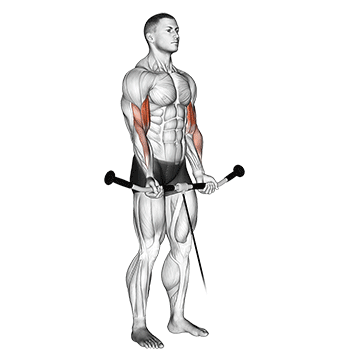
First up, we have this straight bar cable curl, which offers the added benefit of a little instability compared to the standard dumbbell variation. This will lead to higher activity in the biceps. It also leads to a much better bar path and resistance profile.
The dumbbell curl has a little load going through the biceps at the very start and end of the rep and places most of the tension on the mid-range of the movement. The cable keeps the tension on the biceps constantly and leads to the biceps getting challenged throughout the entirety of the exercise. -All for Bigger Biceps-
When performing this exercise, it’s important that we keep the elbows fixed throughout the movie and pull in an arc motion towards the body. This is what’s going to lead to the highest activation in the biceps.
Changing grips also help to target different areas of the biceps due to the varying levels of supination required.
Don’t be afraid to mix up the grip and see which feels the best for you.
2) Incline Dumbbell Curl
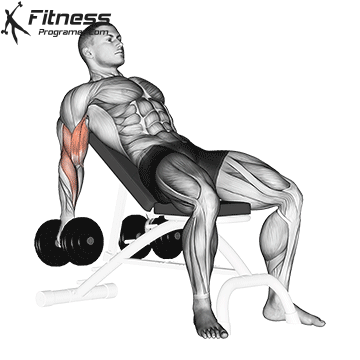
Next up, we have the Incline Dumbbell curl, which is fantastic for getting the biceps into a release short position. These are great because they let you rotate your arm to get maximum biceps contraction. As you rotate your forearm from half pronated to supinated, your biceps contracts and that helps that peak develop even further.
This leads to both the short and long head of the biceps getting into a really short position, which is where you’ll really feel it burn. This variation also shifts the load onto the long head of the biceps and so will help us add some mass to those peaks.
To perform the exercise, you sit on an inclined bench with a pair of dumbbells in your hands and curl them towards your shoulders while keeping your upper arms stationary. Start with your arm in a neutral position and supinate as you curl the weight up, focus on trying to make your Pinky touch your shoulder.
Although you won’t actually manage, this cue will force you to supinate even further. It’s important that you keep your elbow fixed throughout the entire movement and avoid any ego lifting.
Remember, we’re focusing on the quality of the contraction, so if you need to decrease the weight a bit, do So.
3) Prone Incline Barbell Curl
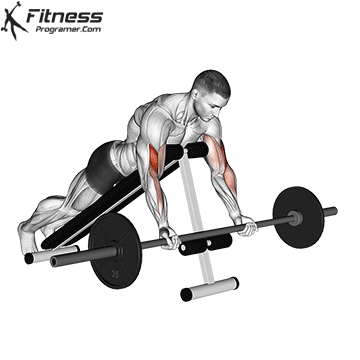
If you haven’t tried this one before, be prepared for a stuck pump. The trick with this exercise is to keep the barbell parallel to the floor. This means you’ll have to change the angle of your wrist throughout the movement.
Perform these with a slow concentric of about three to 4 seconds to help keep bicep activation at its highest. The last thing with this exercise is to train in low rep ranges. For best results, aim for six to 8 reps per set.
4) Hammer Curl
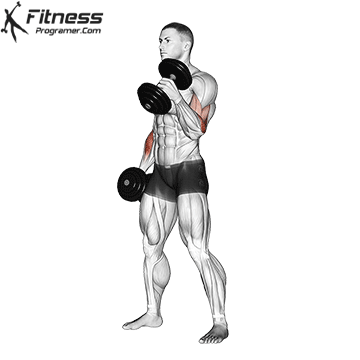
Incorporating Hammer Curls into your workout routine can help you build stronger, more bigger biceps and forearms. The Hammer Curl works both the biceps and brachioradialis muscles in the forearm, leading to improved muscle balance and symmetry in the arm. It involves holding a pair of dumbbells in a neutral grip and curling them up towards your shoulders, emphasizing the long head of the biceps.
The Hammer Curl can be performed using dumbbells, barbells, cables, or other resistance equipment, making it a versatile exercise that can be easily incorporated into any workout routine.
5) Accentuated Eccentric Curls
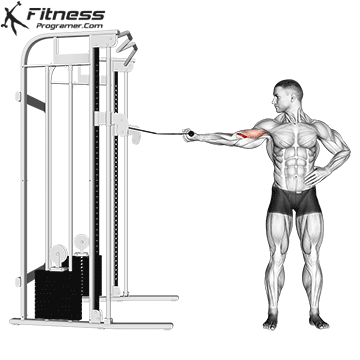
Accentuated Eccentric Curls, also known as “negative curls,” is a strength training exercise that primarily targets the biceps muscles. It is a variation of the traditional biceps curl, but with an emphasis on the eccentric, or lowering, phase of the movement.
It’s okay to actually cheat the concentric portion of the lift, as our focus here is to overload the negative. Not only is this where most muscle damage occurs, but your muscles are roughly 20% stronger during the eccentric, which is why we want to load these exercises a bit more.
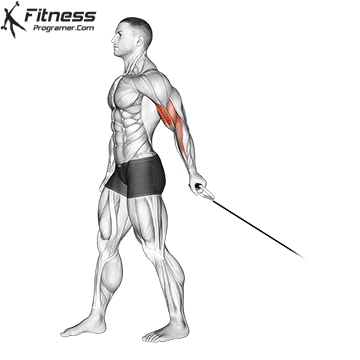
We have plenty of research showing big benefits to a mix of both concentric and eccentric training making this exercise essential. If you want to maximize muscle growth when performing this exercise, cheap the weight up a bit for a one-second concentric and then aim for three to 4 seconds on the negative.
There you have it. Five bigger biceps exercises you’ll really feel. Add these to your workout and experience a pump like never before, while also e adding variety to your training.



